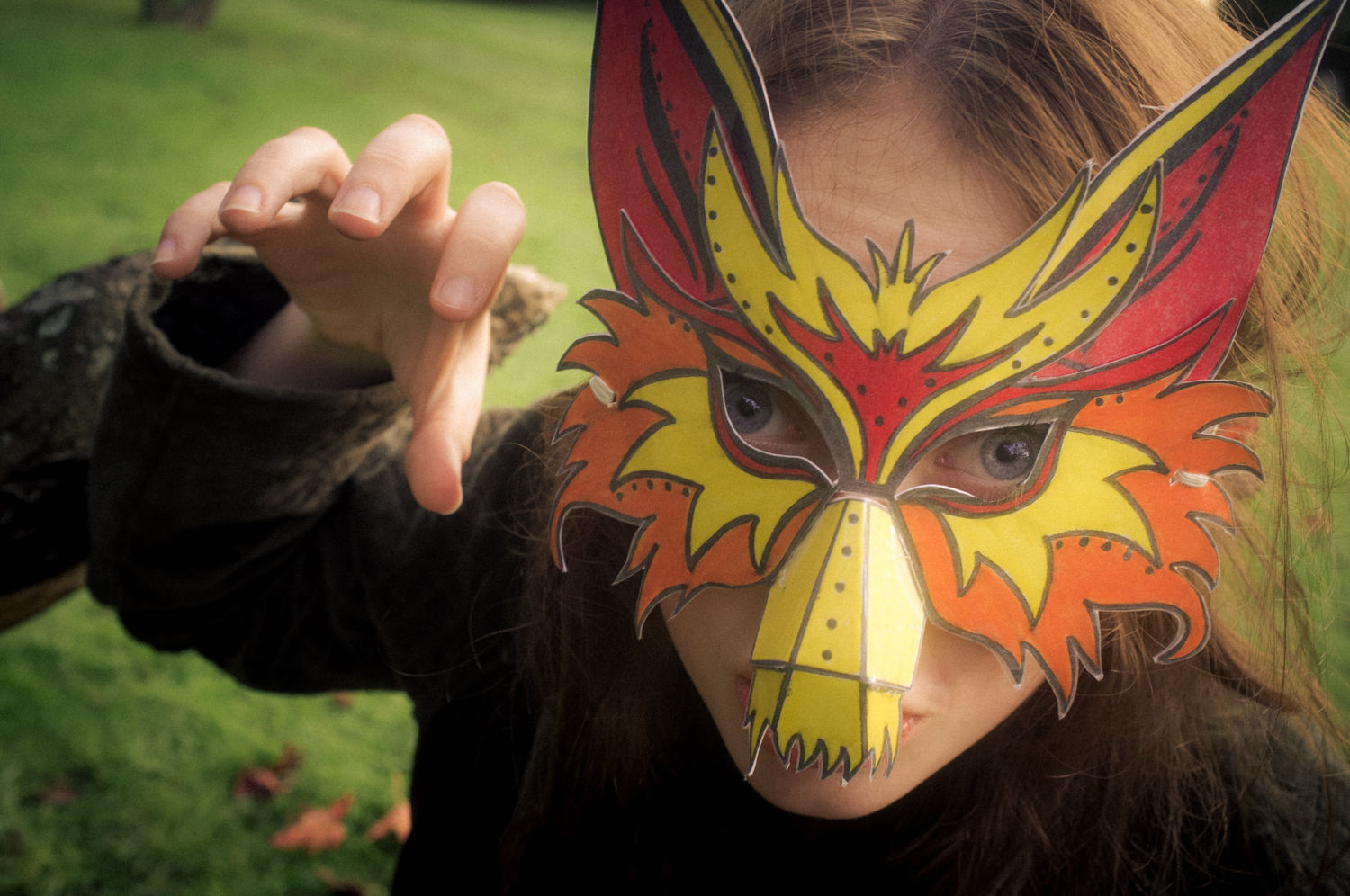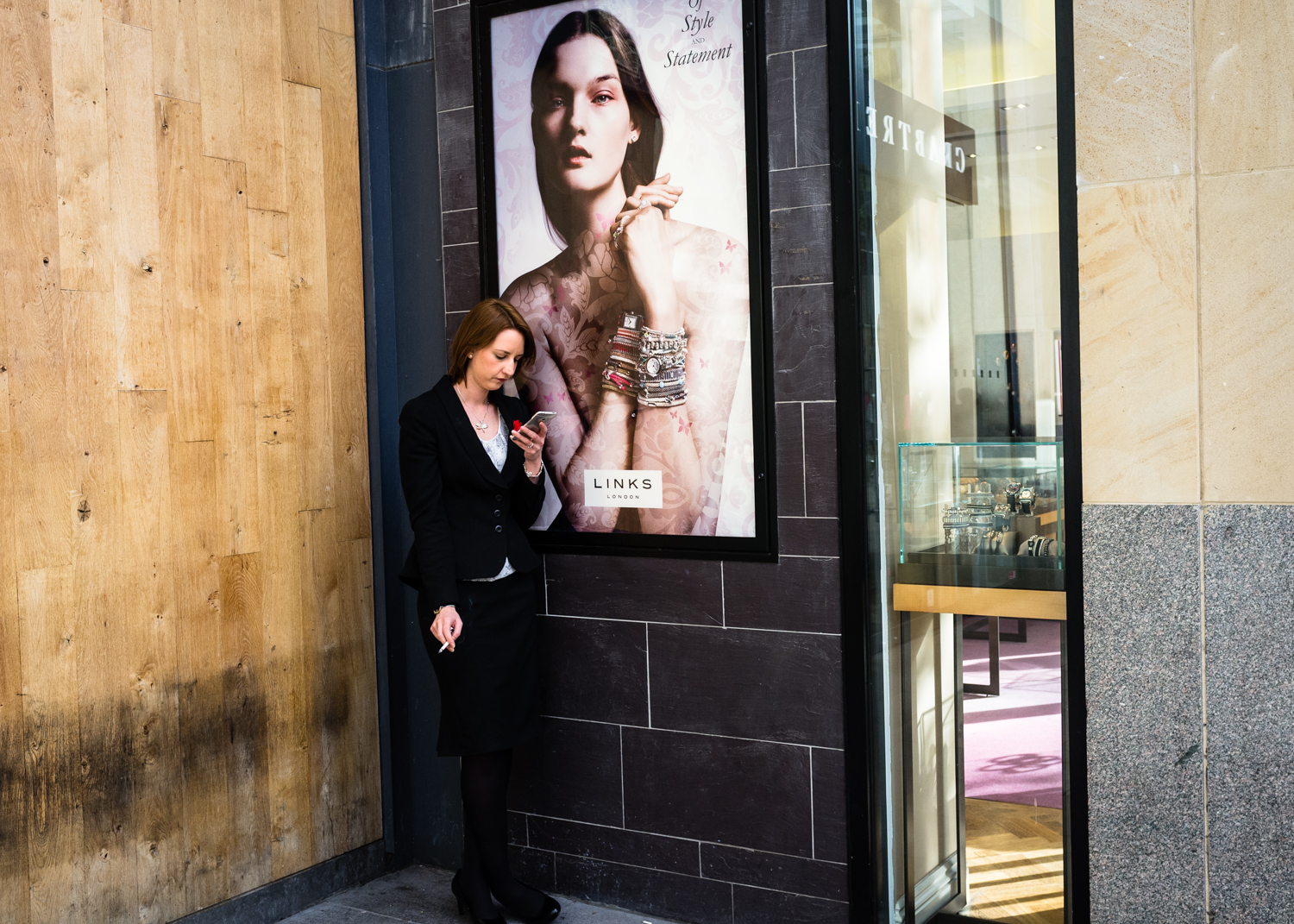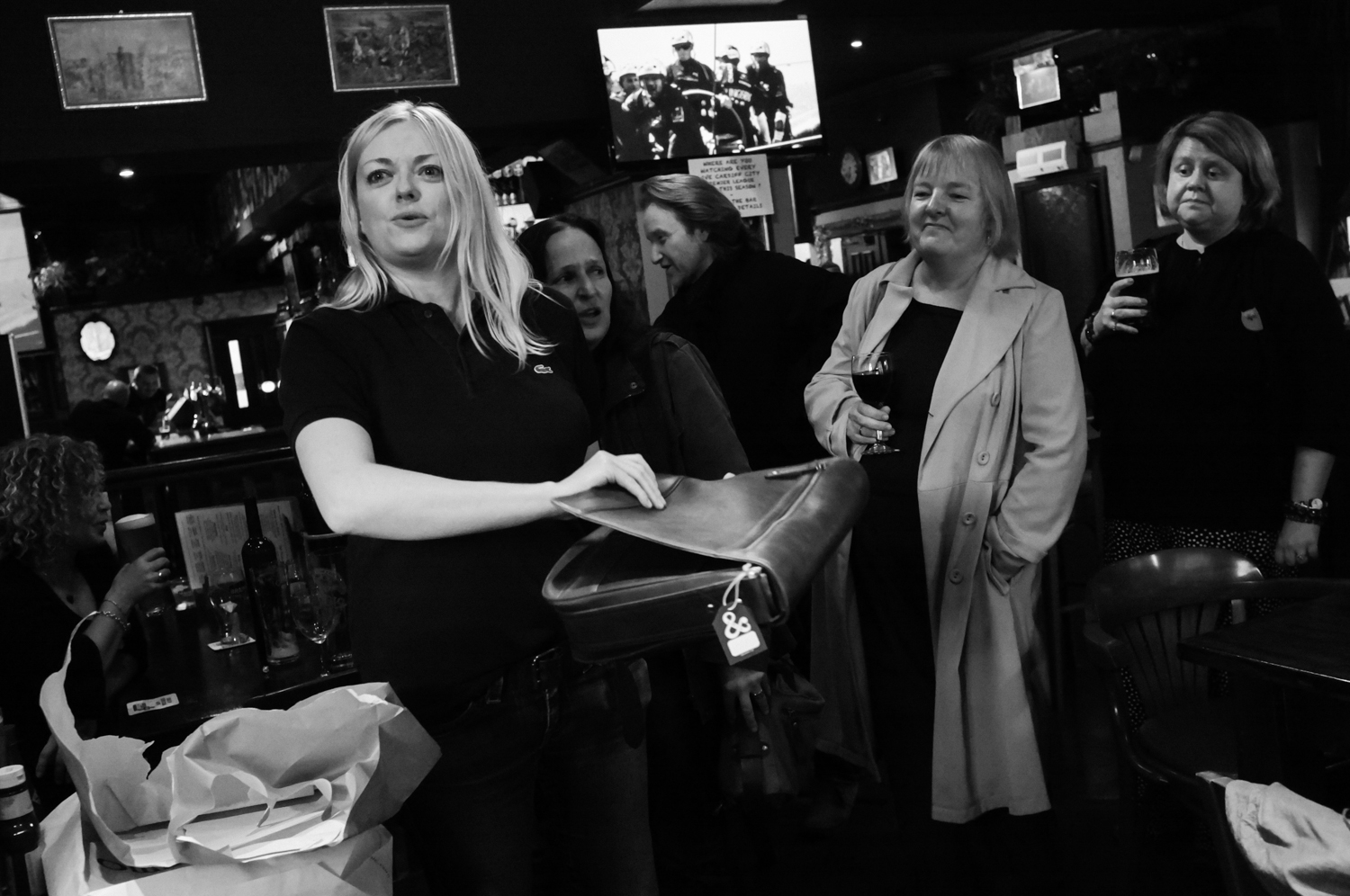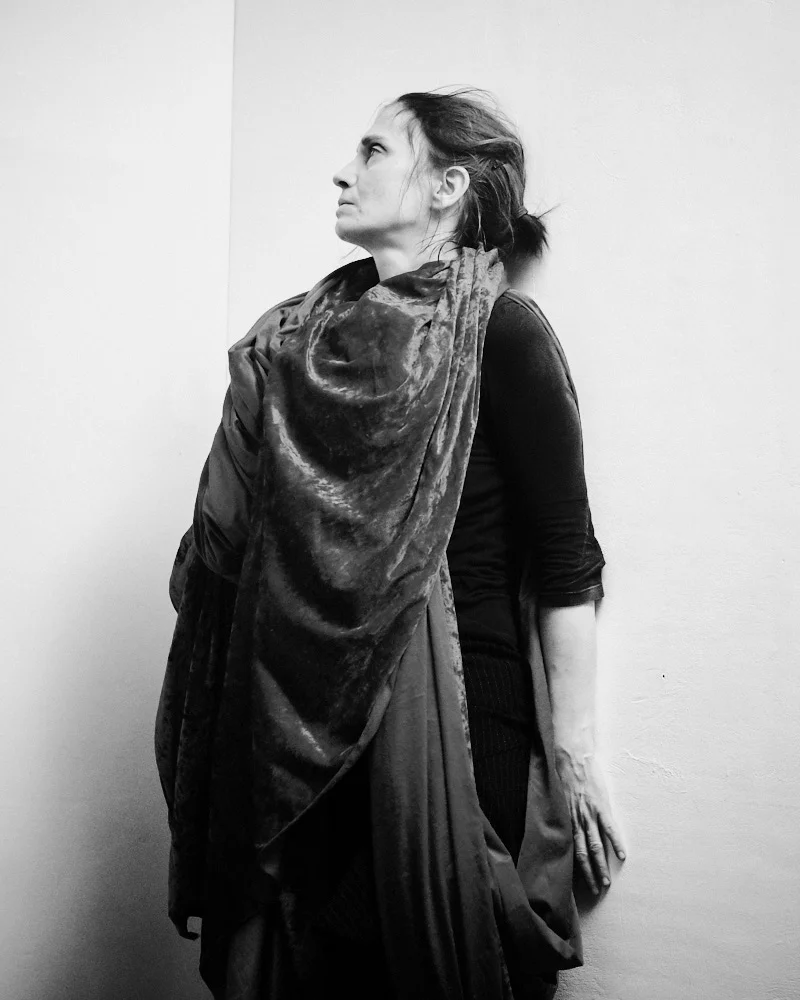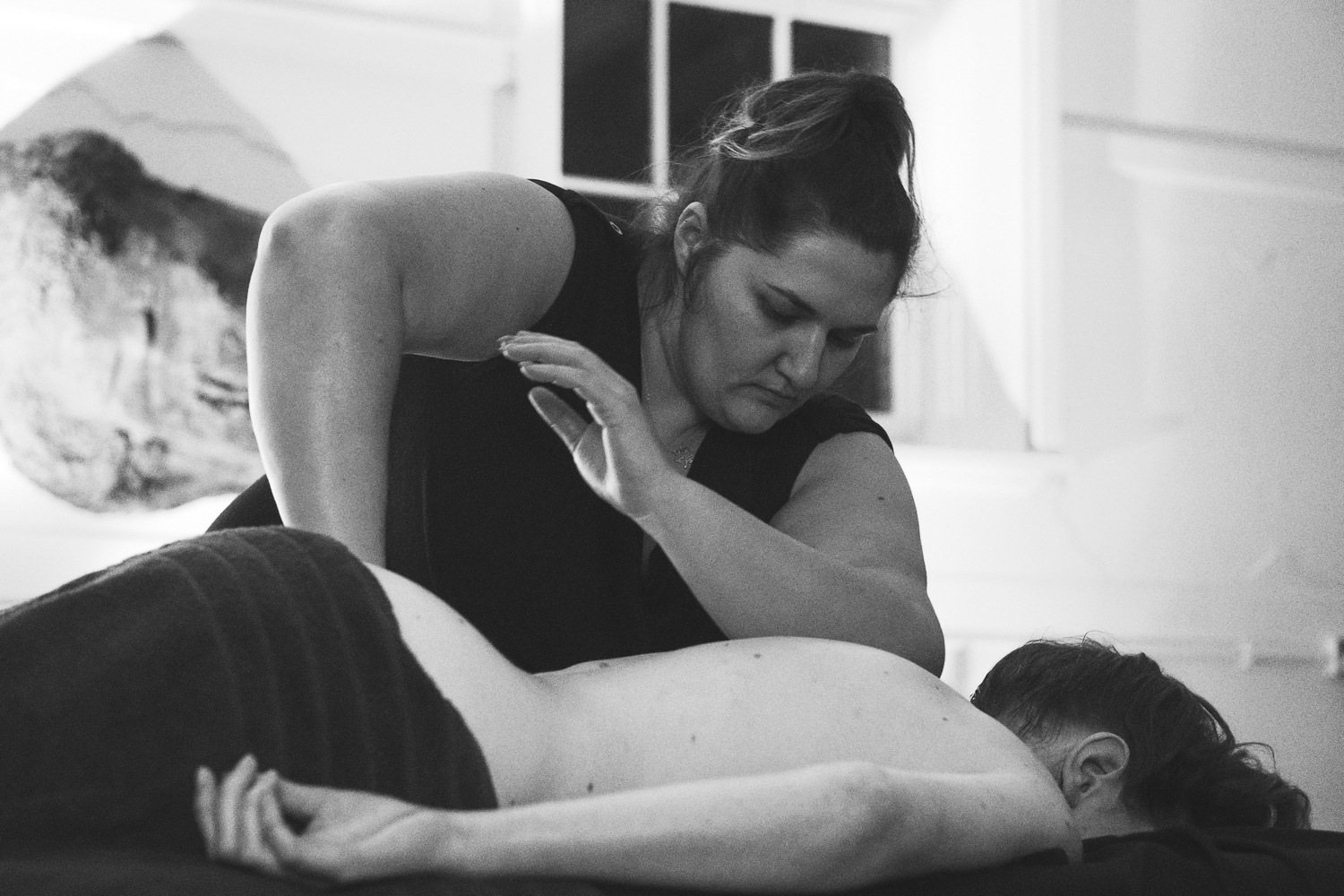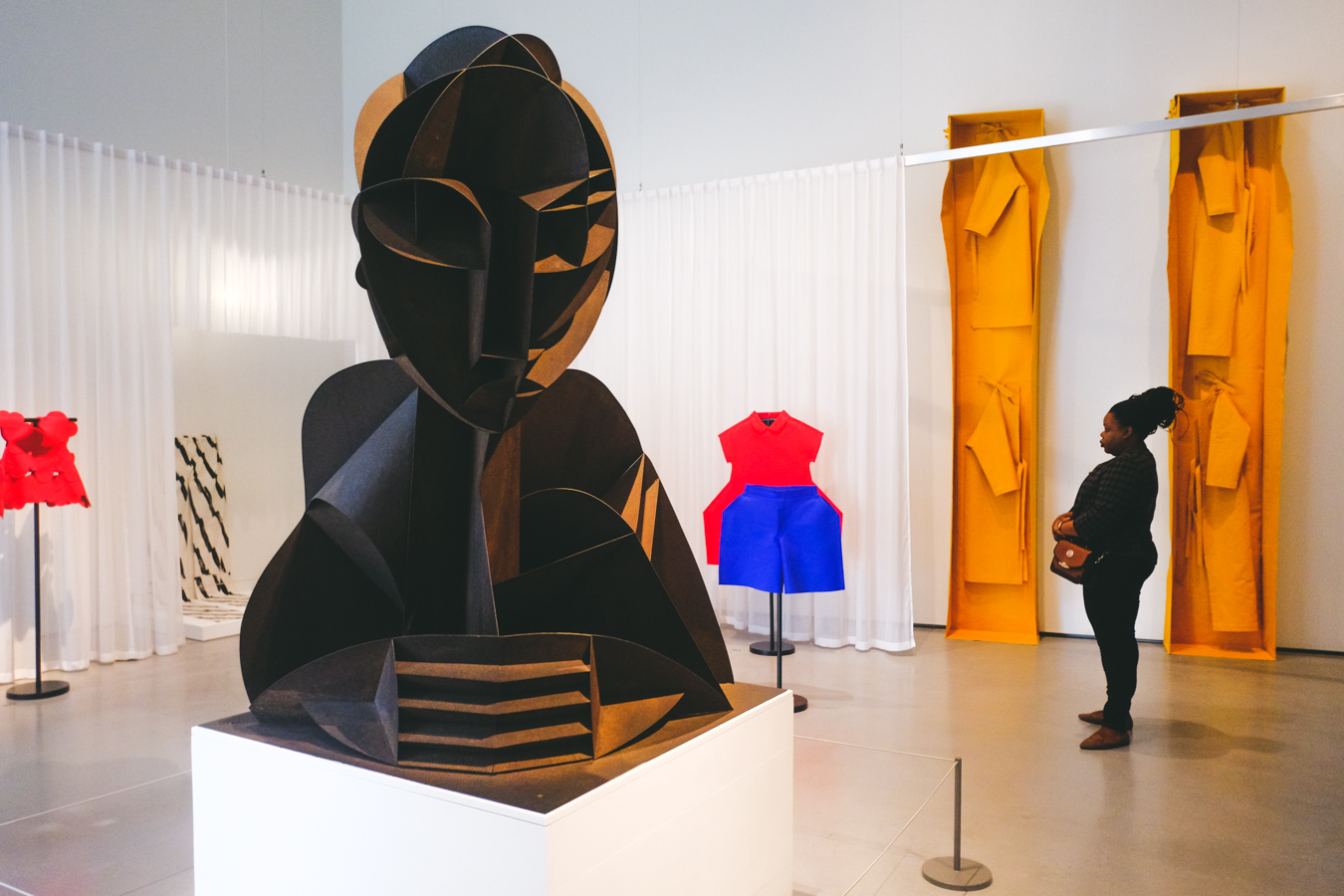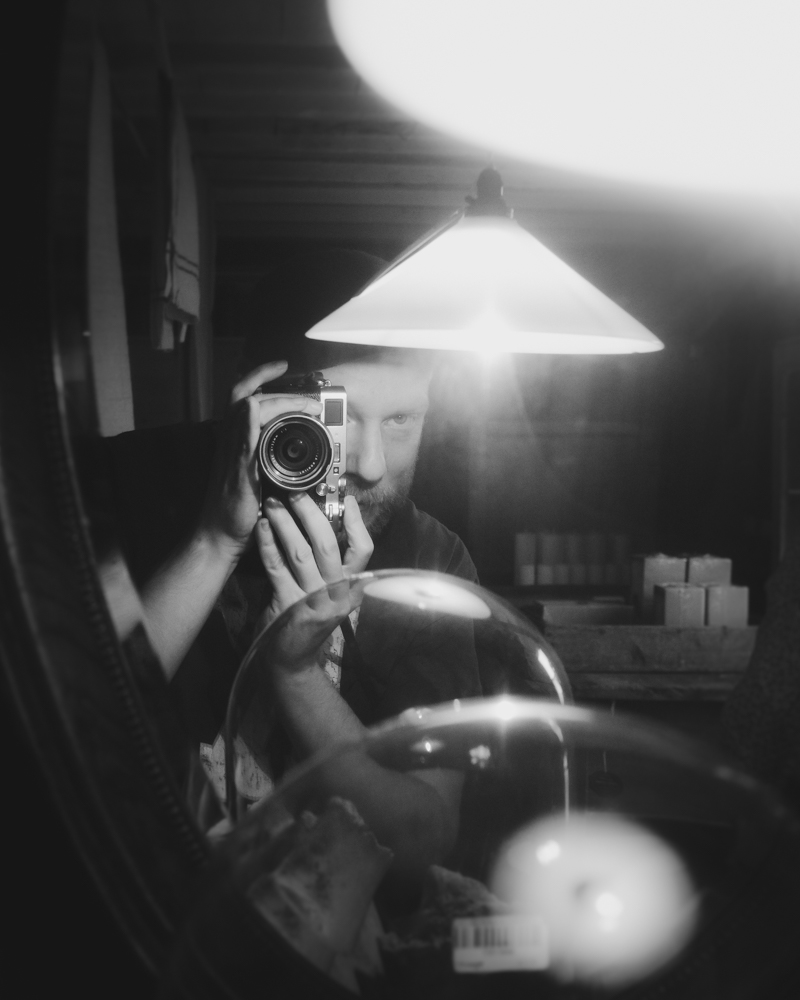Hey there. Sit down, this is going to be a long one...
So, why have I been so quiet of late? Well, I’ve been trying to get to grips with the Fujifilm X100 and felt reluctant to post until I had something to say and something to show. And I tell you, this hasn’t been an easy honeymoon. I bought the X100 as a refurbished item from the UK Fuji Shop and… well, there were problems.
First off they sent it without a battery. I asked what the deal was and they informed me that they’d sent the wrong X100 off. A couple of days later and the new battery popped through my letterbox. Phew.
Then I found that I was getting severe banding on my images when shooting at ISO 3200, no matter the exposure or settings I used. This occurred using both the electronic and optical viewfinders, and it kind of sucked. So I went online to this Fuji-X forum to find out if anybody else had the same problem. Turns out this other guy did and that he had sent his back and got a replacement from the UK Fuji Shop admirably quickly. We chatted a bit and then – on a hunch - he gave me his old X100’s serial number, asking me if mine was the same as his.
It was.
Evidently the Fujishop had not only sent the wrong box but sent a camera that was still broken, and that by mind-boggling coincidence was the very same one that this chap had. Naturally I immediately contacted the Fuji Shop and they sent me a replacement within a few days with apologies. I’ve no hard feelings, but I do caution anyone buying refurbished items to keep their eyes open. On the plus side, I do feel reassured at the speed of reply from the UK Fuji team. They do at least appear to have vim.
So, I finally had a fully working X100 in my hands. To be honest, I wasn’t sure what to think at first. I was coming from the D90, an aged but superb piece of sturdy, intuitive DLSR camera that pulled no surprises. The X100 by comparison had lots of weird little rules that had to be learnt. For example when shooting wide open it cannot go above 1/1000 shutter speed. Fuji’s solution to this is to add a built in ND filter – a smoked piece of glass that bips up within the lens and reduces the amount of light coming in. It took me a while to remember to switch the darn thing on, though happily the camera’s generous button remapping enabled me to so at the press of a button. I also discovered a happy side-effect in that it helped me get long exposures.
Another niggle is that for close-up shots a macro mode has to be activated and whilst it’s being used the focusing really slows down. Plus it’s three button clicks to turn on and off.
Couple this with slow-write times, slow wake-up times and a less than zippy focusing system and I was beginning to fear that I’d bought an overhyped lemon. It simply wasn’t up to the user-friendly qualities I was complacently used to in the D90.
Then came the two things that made me fall in love with it – practice and a lovely new firmware update from the nice guys at Fuji.
You see, they believe in this thing called ‘Kaizen’. Apparently it’s Japanese for ‘good change’. Whilst other camera manufacturers release a product and then answer the software criticisms by releasing a newer model with a few minor fixes, the Fuji guys and girls keep updating the firmware. And what’s more, they not only fix the issues but they add new features, too. It was somewhat thrilling to find that on installing update 2.0 that not only had the close-focusing system been improved so much as to make the accursed macro button largely irrelevant (only needed if you really want to photograph insects and flowers and the like) but that there was a raft of other happy bonuses too. The camera now focused far faster, manual focus felt far more natural and easy to use and they’d bolted on a new ‘focus peaking’ feature which added an optional shimmering outline to objects in focus in the viewfinder, improving accuracy. Add an improved wake-up speed and even an improvement in noise rendering and it was all rather splendid.
This was doubly impressive when I discovered that this almost brought in line performance wise with its twice-as-expensive newer version, the X100s. My advice? If you don’t need sixteen megapixels, get the X100.
But things didn’t really click until I stopped treating it like a DSLR and started respecting it as an entirely different tool. I had to think ahead now. I had to understand how it focused, how it exposed images and how it judged a scene with entirely different criteria to the old D90. Bit by bit, shot by shot, I began to understand how to quickly hit my focus and exposure with impressive accuracy and gradually discover that in nearly every case it was my handling that was at fault, not the camera.
And it was then that I fully saw its virtues. Its discreet size and silent ways, perfect for street photography. I thought I’d hate the electronic view finder but discovered a love for pre-visualising scenes with the ability to literally see things in black and white when I wanted to shoot monochrome. The sharpness of that f/2 lens when you get things right is staggering and is more than a rival for my classic razor-sharp 85mm Nikon prime. The high ISOs worked with the noise to give the image a pleasant fine grain reminiscent of film, instead of objectionably smearing everything. I found this was a camera I could now shoot comfortably at ISO 3200 without fear. And the gorgeous and characterful in camera JPEGs had me… for a strange moment … no longer feeling a need to shoot RAW. The images it shoots really have character. Less overtly digital than its brethren and just a touch more filmic.
And then there’s the look of the thing. The dials. The retro charm. And yet entirely its own thing – not clumsily aping but recognising a good idea when it sees one. Why we all ended up with ugly black plastic blobs for cameras I have no idea. The old rangefinder styling of the X100 has such… charm. And it’s so small that I can take it anywhere. Most days the D90 stayed at home. The X100 I can slip into my jacket pocket and hit the streets. Though the leather case I got for it is too nice to do that. Now I always have a camera on me.
And for those of you worried about only having a 35mm view to play with… well, there’s a lot to be said for that. It makes you a better photographer, forcing you to properly move around and work a scene. Plus it’s one hell of a 35mm lens. And you can buy a wide angle converter just as sharp that turns it into a 28mm for Garry Winogrand action-action-action.
So here’s what I’ve been shooting of late, click to open the gallery…
As you can maybe guess, I'm still pretty shy in street photography. I haven't hardened my guts yet to getting close. Hopefully that'll work out.
The big question for me now lies in how I process the X100 photos. I’m in a real comfortable space with how I work with the D90’s images. But I feel the X100 wants a different approach. What that is I’m not sure yet, but I’m thinking more colour and contrast as compared to my less vibrant, more airy D90 work. More Saul Leiter and Ernst Haas and less like Stephen Shore for once. Let’s see how that works out.
I’ve also gone and ordered the JJC lens hood to get that bit more contrast and greater protection. Plus it’s a third of the price of the official Fuji one and nigh-as-good, I’m told. Oh, and to anyone thinking of buying an X100 make sure to ditch the metal triangular rings as they wear away the soft metal lugs of the camera. Instead buy some QD Mini Loops from Optech. They’re reasonably cheap, very sturdy and won’t cause any damage.
To finish up, is the X100 the greatest camera ever made or what? Obviously it isn’t. But it is pretty wonderful. And most importantly it’s a camera that I’m going to have on me day in, day out, always at my side. Despite all its niggles it’s a joy to shoot and has brought a bucket-full of fun and spontaneity back into photography.
Now to work out how to master the damn thing.

